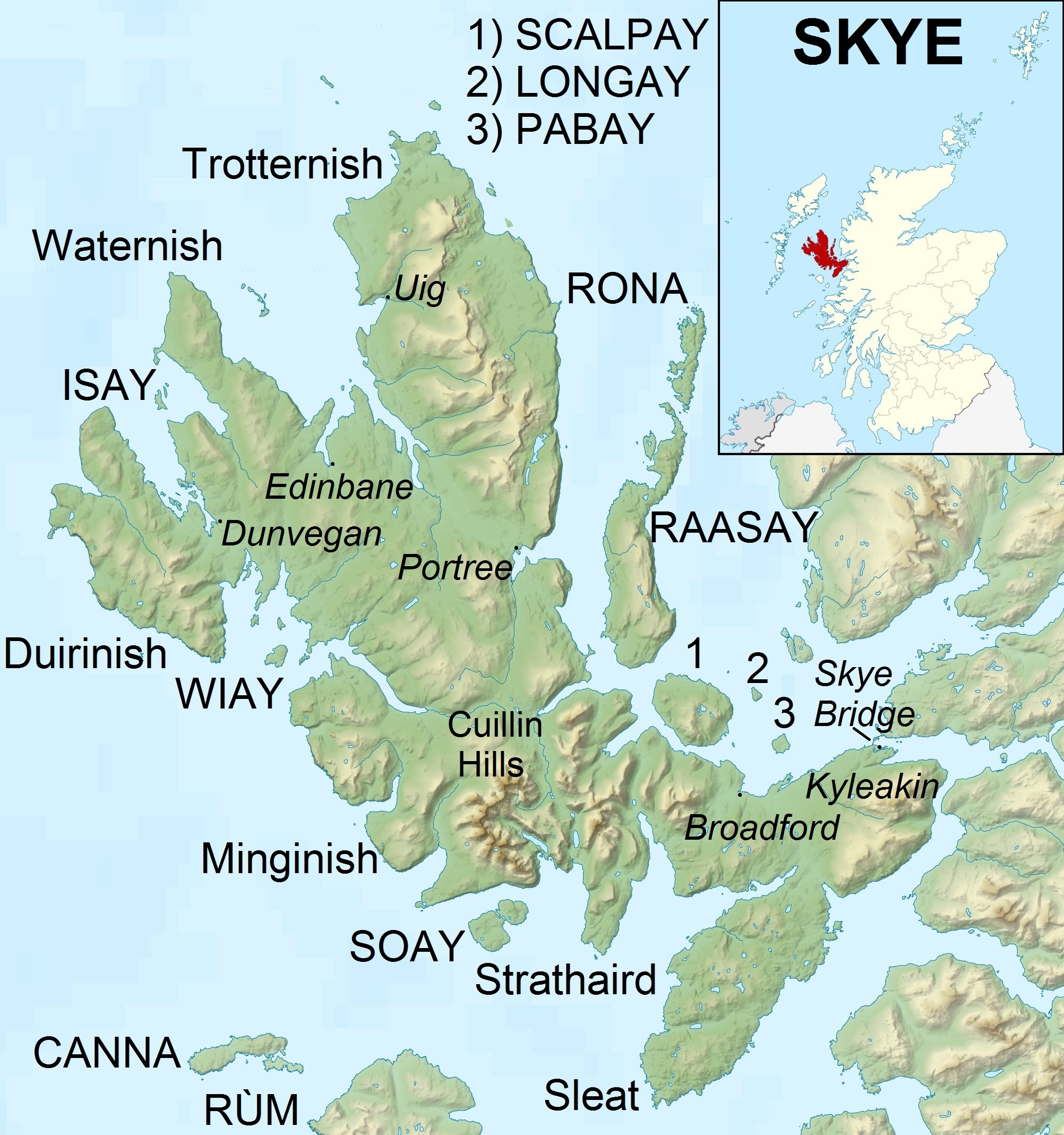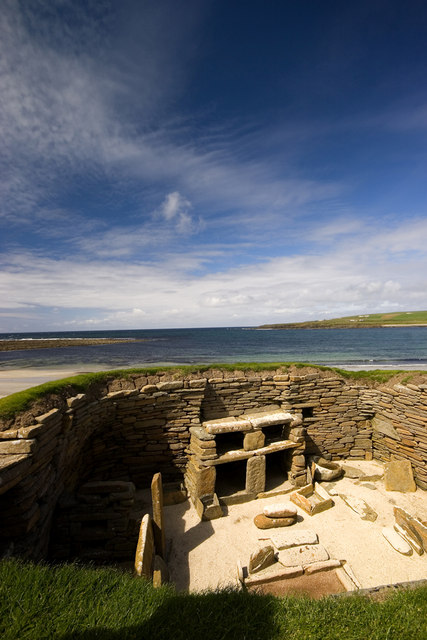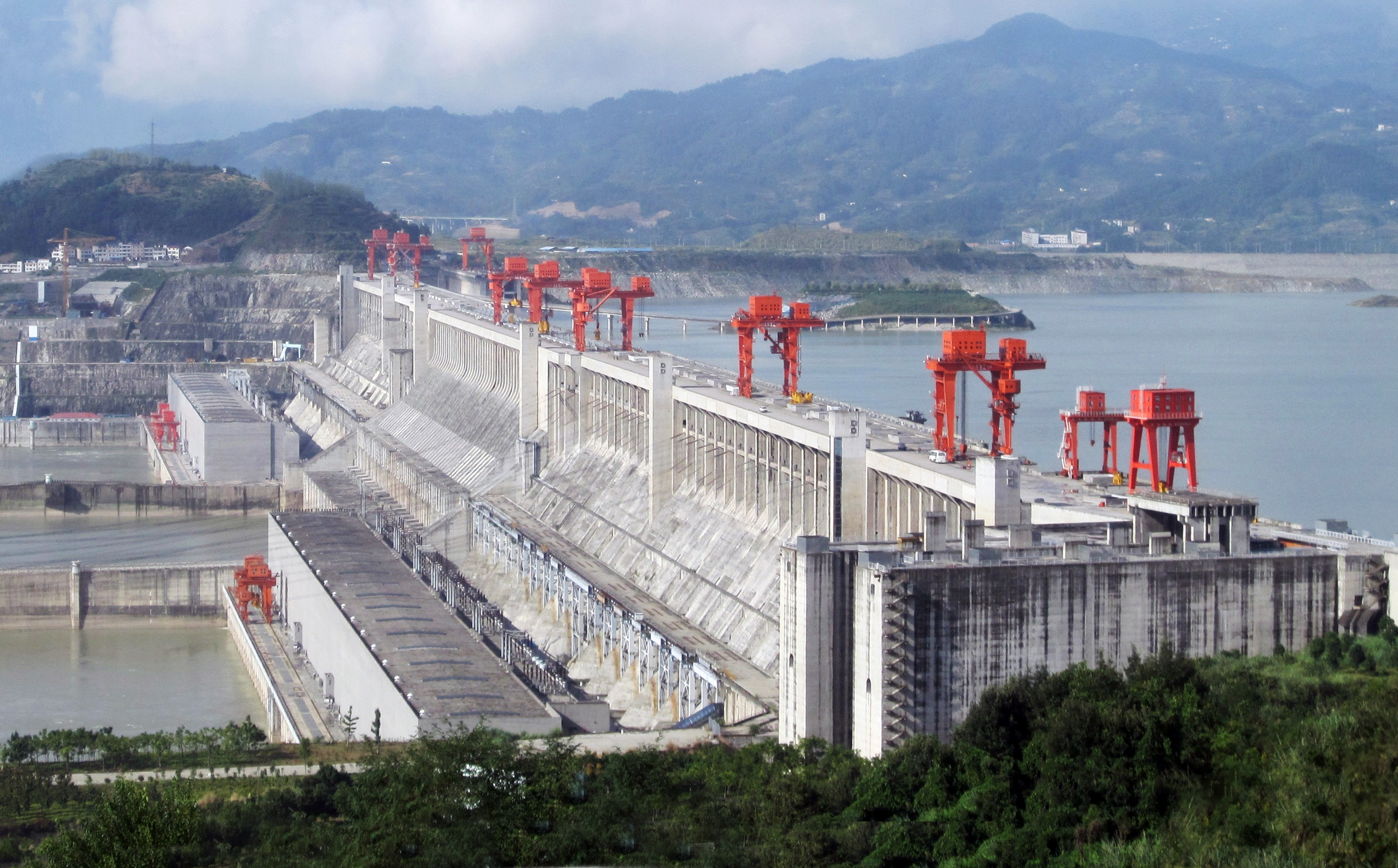|
Bearreraig Waterfall
Bearreraig Waterfall is a waterfall of Scotland.Ordnance Survey 1:25,000 scale Explorer map series, sheets 309-470 It is located on the Trotternish peninsula of the island of Skye, on the Bearreraig River which runs from Loch Leathan to Bearreraig Bay. The valley provides hydro-electric power from a 2.4 MW system. See also *Waterfalls of Scotland Much of Scotland is mountainous; western areas of the Highlands enjoy a wet climate. The more steeply plunging west coast highland rivers in particular are home to countless waterfalls. Scotland has over 150 waterfalls, most are situated in the Hi ... References Landforms of the Isle of Skye Waterfalls of Highland (council area) {{Scotland-geo-stub ... [...More Info...] [...Related Items...] OR: [Wikipedia] [Google] [Baidu] |
Skye
The Isle of Skye, or simply Skye (; gd, An t-Eilean Sgitheanach or ; sco, Isle o Skye), is the largest and northernmost of the major islands in the Inner Hebrides of Scotland. The island's peninsulas radiate from a mountainous hub dominated by the Cuillin, the rocky slopes of which provide some of the most dramatic mountain scenery in the country. Slesser (1981) p. 19. Although has been suggested to describe a winged shape, no definitive agreement exists as to the name's origins. The island has been occupied since the Mesolithic period, and over its history has been occupied at various times by Celtic tribes including the Picts and the Gaels, Scandinavian Vikings, and most notably the powerful integrated Norse-Gaels clans of MacLeod and MacDonald. The island was considered to be under Norwegian suzerainty until the 1266 Treaty of Perth, which transferred control over to Scotland. The 18th-century Jacobite risings led to the breaking-up of the clan system and later c ... [...More Info...] [...Related Items...] OR: [Wikipedia] [Google] [Baidu] |
Scotland
Scotland (, ) is a country that is part of the United Kingdom. Covering the northern third of the island of Great Britain, mainland Scotland has a border with England to the southeast and is otherwise surrounded by the Atlantic Ocean to the north and west, the North Sea to the northeast and east, and the Irish Sea to the south. It also contains more than 790 islands, principally in the archipelagos of the Hebrides and the Northern Isles. Most of the population, including the capital Edinburgh, is concentrated in the Central Belt—the plain between the Scottish Highlands and the Southern Uplands—in the Scottish Lowlands. Scotland is divided into 32 administrative subdivisions or local authorities, known as council areas. Glasgow City is the largest council area in terms of population, with Highland being the largest in terms of area. Limited self-governing power, covering matters such as education, social services and roads and transportation, is devolved from the ... [...More Info...] [...Related Items...] OR: [Wikipedia] [Google] [Baidu] |
Trotternish
Trotternish or Tròndairnis (Scottish Gaelic) is the northernmost peninsula of the Isle of Skye, in Scotland. Its most northerly point, Rubha Hùinis, is the most northerly point of Skye. One of the peninsula's better-known features is the Trotternish landslip, a massive landslide that runs almost the full length of the peninsula, some .Ordnance Survey ''Landranger'' 1:50000 Map. Sheet 23. North Skye, Dunvegan & Portree. The landslip contains two of Skye's most famous landmarks: the Old Man of Storr, an isolated rocky pinnacle, and the Quiraing, an area of dramatic and unusual rock formations. The summit of The Storr, on whose slopes the Old Man of Storr is located, is the highest point of the peninsula. The north-eastern part of the peninsula around Quiraing is designated as a National Scenic Area and the entire landslip is a Special Area of Conservation. Dinosaur footprints have been found at ''An Corran'', which is also a Mesolithic hunter-gatherer site dating to the 7 ... [...More Info...] [...Related Items...] OR: [Wikipedia] [Google] [Baidu] |
Hydro-electric Power
Hydroelectricity, or hydroelectric power, is electricity generated from hydropower (water power). Hydropower supplies one sixth of the world's electricity, almost 4500 TWh in 2020, which is more than all other renewable sources combined and also more than nuclear power. Hydropower can provide large amounts of low-carbon electricity on demand, making it a key element for creating secure and clean electricity supply systems. A hydroelectric power station that has a dam and reservoir is a flexible source, since the amount of electricity produced can be increased or decreased in seconds or minutes in response to varying electricity demand. Once a hydroelectric complex is constructed, it produces no direct waste, and almost always emits considerably less greenhouse gas than fossil fuel-powered energy plants. [...More Info...] [...Related Items...] OR: [Wikipedia] [Google] [Baidu] |
Waterfalls Of Scotland
Much of Scotland is mountainous; western areas of the Highlands enjoy a wet climate. The more steeply plunging west coast highland rivers in particular are home to countless waterfalls. Scotland has over 150 waterfalls, most are situated in the Highlands due to the landscape Names of falls The term ‘ linn’ is found throughout southern and eastern Scotland (and in the northern English county of Northumberland). Confusingly 'linn' can denote either a fall or the plunge pool or indeed a confined stretch of water. ‘Spout’ is another common word found throughout England and Scotland for particular types of fall though it is usually replaced by ‘sput’ in the formerly Gaelic-speaking parts of the latter. The Gaelic word ‘eas’ is by far the most common term for a waterfall in the Scottish Highlands where the majority of place names are of Gaelic origin. Highest waterfalls in Scotland The list of highest waterfalls is sometimes debatable, due to the ambiguity of whethe ... [...More Info...] [...Related Items...] OR: [Wikipedia] [Google] [Baidu] |
Landforms Of The Isle Of Skye
A landform is a natural or anthropogenic land feature on the solid surface of the Earth or other planetary body. Landforms together make up a given terrain, and their arrangement in the landscape is known as topography. Landforms include hills, mountains, canyons, and valleys, as well as shoreline features such as bays, peninsulas, and seas, including submerged features such as mid-ocean ridges, volcanoes, and the great ocean basins. Physical characteristics Landforms are categorized by characteristic physical attributes such as elevation, slope, orientation, stratification, rock exposure and soil type. Gross physical features or landforms include intuitive elements such as berms, mounds, hills, ridges, cliffs, valleys, rivers, peninsulas, volcanoes, and numerous other structural and size-scaled (e.g. ponds vs. lakes, hills vs. mountains) elements including various kinds of inland and oceanic waterbodies and sub-surface features. Mountains, hills, plateaux, and plains are the fou ... [...More Info...] [...Related Items...] OR: [Wikipedia] [Google] [Baidu] |




.jpg)